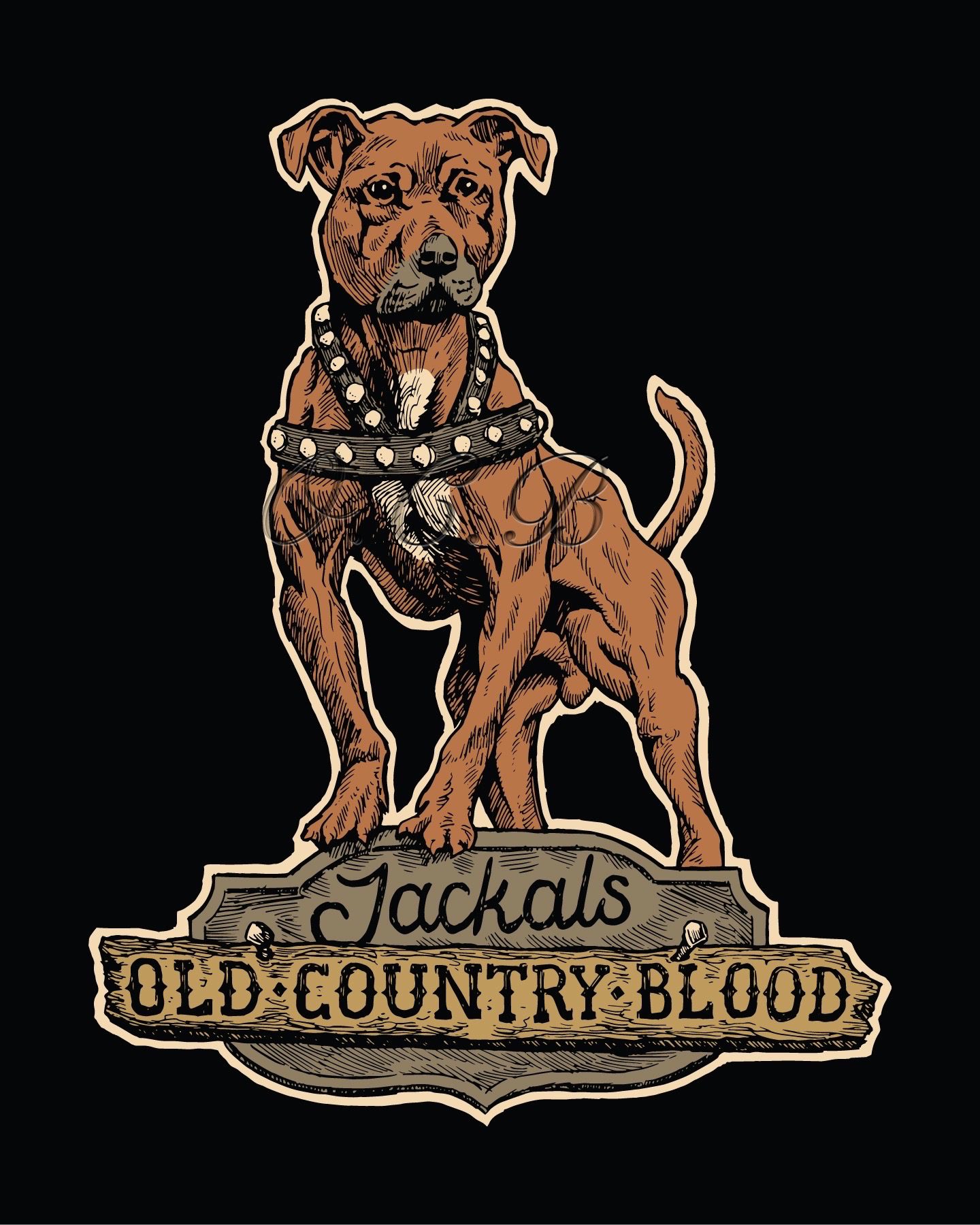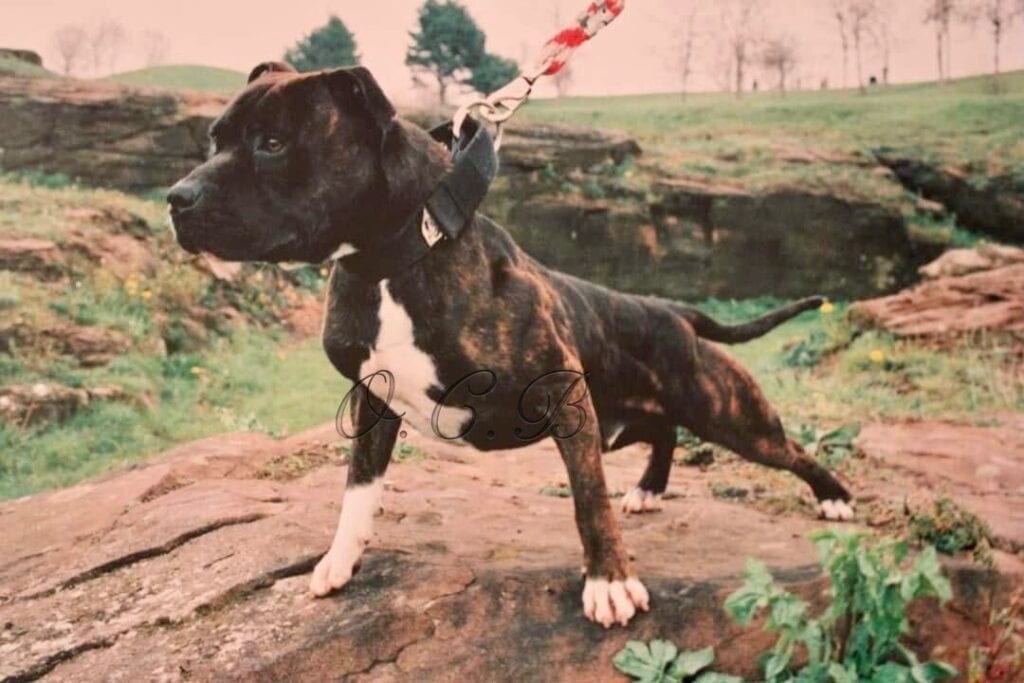One of the biggest sporting and gambling events in the 17th and 18th century was bull and bear baiting. This was setting packs of dogs on bears and bulls. Cockfighting and dogfighting were also widespread.
Large amounts of money were gambled on the outcomes of these so-called sports.
The reason they baited bulls was for the spectacle and the gambling also to tenderise the meat.
In fact, at one time it was illegal to sell bull meat unless it had been baited and tenderised first by dogs. It was believed that the bull was so terrified by the dogs attacking, that it released hormones, such as adrenaline and noradrenaline into the muscles and bloodstream.
These hormones supposedly made the meat taste better, less stringy and tough.They still do the same in Korea with dog meat. The animals are terrorised to release these fear hormones. This they claim makes the dog meat taste better. I will say no more about that practice, other than to quote Gandhi: “The greatness of a nation and its moral progress can be judged by the way its animals are treated.”
The dogs that were used to bait bulls were Old English Bulldogs. These Bulldogs were very different from what we see in today’s breed. They were more like the athletic American Bulldog, but larger and far more heavily muscled.
It is believed that they crossed fighting Bulldogs of the day, with some terrier stock. This cross became known as the Bull and Terrier.
When the Humane Act also known as The Cruelty to Animals Act, came into being in 1835. This act was intended to protect animals from mistreatment and banned all baiting and dog fighting sports. It was of course almost impossible to continue bull and bear baiting. The space required to put on such an event would have been enormous, almost impossible to stage secretly.
However, it was possible to carry on dog fighting, as this could be done indoors. Therefore, a whole new breed of dog was required. Smaller, stockier and super resilient. Though the breeding of these dogs was popular with miners, chain makers and steelworkers. It was the Staffordshire potters than really took this breed to a whole different level.
They bred the Bull and Terrier with other smaller terriers creating a heavily muscled pocket fighting dog. This finally became the Staffordshire Bull Terrier we know today.
The Potters were not rich; in fact, they were very poor. They bred these dogs to earn further income from selling and fighting them. Often they had large families, there could be ten or twelve children in a one or two room hovel. In these circumstances, it would have been impossible to keep an aggressive fighting dog that also showed aggression to children or adults.
It is believed that for over fifty years, these early breeders killed every dog that showed the slightest aggression to any human, of any age. This action effectively eradicated inter-human aggression from this breed. Fortunately, these traits still stand today in the purebred Staffordshire.
They were trusted so much that It was common to see an injured fighting dog covered in blood, taken back home in the same pram as the newest babies. These men around Britain and in particular the Staffordshire area started to show their dogs and set out requirements for their configuration.
They worked tirelessly to get the breed pure and its behaviour to humans solid. In 1935, exactly one hundred years after the Humane Act made baiting and dog fighting illegal, the SBT became officially recognised as a pedigree by the Kennel Club of Great Britain. Though I do not own a Staffie, I am into gundogs, It does not stop me admiring the breed. However, I would strongly recommend looking at my training aid called The Jingler when initially training this breed.
A young blue staffordshire blue terrier. Stan RawlinsonBad Name: So why has the breed got such a bad name with regard to human aggression?
It is simple. It’s the Staffie’s misfortune to resemble breeds that can be inter-human aggressive.
It is also unfortunate that when Staffy’s are crossed with other breeds they tend to resemble the Staffordshire, more than the dogs they are crossed with.
That could be anything from a Whippet, Collie, Labrador or Mastiff.
Once you cross the Staffie you are effectively adding other genetic and breed behaviours to the offspring.
This can have the effect of watering down or removing the strong anti-aggressive human bond, which can result in dogs that can become aggressive to people and children.
I am sure we have all seen people sidestep or cross the road, avoiding coming anywhere near the owner or their purebred Staffordshire Bull Terrier.
It would be laughable if it wasn’t so sad. People look at these dogs in horror as if they are the hounds from hell.
I have known owners of these dogs yelled at in the street and castigated for supposedly owning a vicious dog.
Imagine the frustration these owners must feel, when they know and understand the true temperament of their chosen breed, and yet ignorance and lack of knowledge still abounds.
Look at the picture at the very top of the page. It looks like the Staffie is being aggressive with its stare at the Labrador. In actual fact, these two had been playing for the last 20 minutes and the Lab was having a rest.
Having said that. I am not totally convinced that the Blue Staffies have the same temperament as all the other colours. I have heard them called Irish Staffies. Some believe that the blue comes from the Pitbull Terrier that may have been crossed in many years ago.
Inter-Dog Aggression: Staffordshire’s can be aggressive toward other animals, and that includes dogs. Yet I have seen many Staffs that are excellent with all other dogs. These are generally the ones that have been socialised through puppy socialisation classes and mixed well all other dogs.
These classes should be done as early as possible after the first vaccination. allowing them to meet and greet other pups.
Playing with other puppies of a similar age is vital for all dogs up to the age of 16 weeks. This allows them to learn the language of meeting and greeting other unknown dogs. This gives them confidence and the pleasure of other dogs company. that requirement includes all dogs, not just the SBT.
The parents of these pups should also be sound and well-bred, with a calm disposition to both people and other dogs. look at my articles on the early socialisation of pups. It is vital.
The breeder should also be closely looked at. I am not madly keen on professional breeders that have lots of puppies for sale, they often do not have the time to handle the dogs at a very young age which is vital to the well-being of these dogs.
Black staff puppyEarly socialisation as young as possible, is the key to overcoming many aggressions in all dogs. My own Puppy Socialisation Classes We Allow dogs with their first vaccinations. I strongly believe that this early mix with both adults, children, and other pups of a similar age is so important. that it outweighs almost any other consideration.
There is a Vet not far from me that advises people to take their dogs out, let them off the lead and socialise them after the very first vaccination. He says the dogs are 90% covered for any disease, and if the owners are careful to keep their dogs away from foxes, other non-vaccinated dogs and areas where the disease may harbour, then they should be fine.
I am not sure I would go that far. Having said that I strongly believe that dogs should be allowed out in the parks and around the general public 48 hours after their second set of vaccinations.
In conclusion, the SBT has been given a bad reputation because of what it looks like, and not what it acts like. They do make a great family pet, are loyal, loving and brilliant with people.
Unfortunately, the rescue centres are full of them, for the very reasons that they make good pets. They are not aggressive to us, therefore, useless to the thugs that want them as weapons of intimidation. If you are considering a rescue dog then please consider the Staffordshire Bull Terrier. I don’t think you will regret it.
The author of this article is unknown.


Great read!
Thanks, and keel up the good work!
This website is honestly like no other , I’m so impressed with the article !
Great article